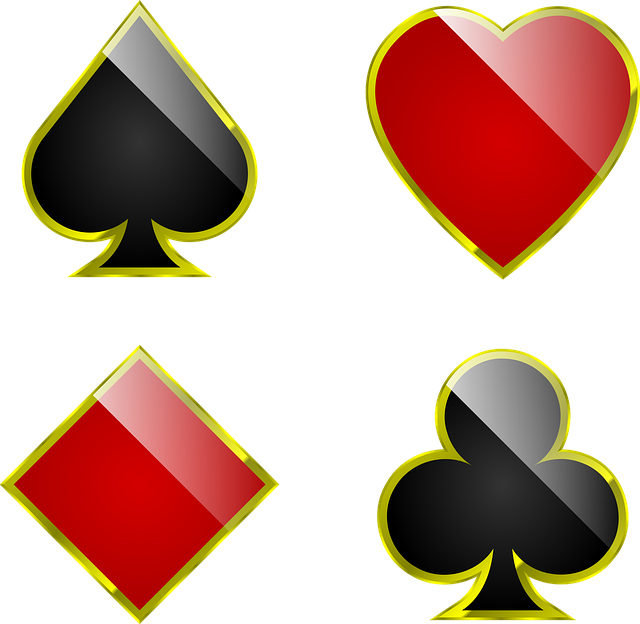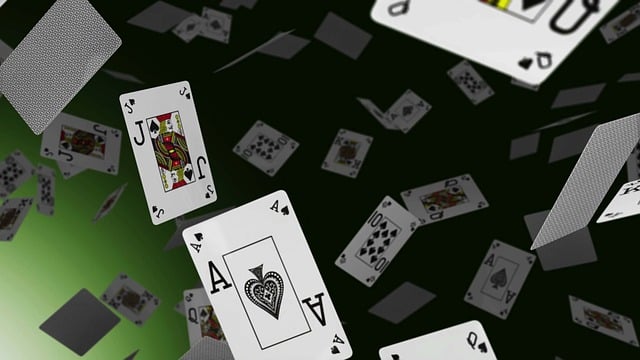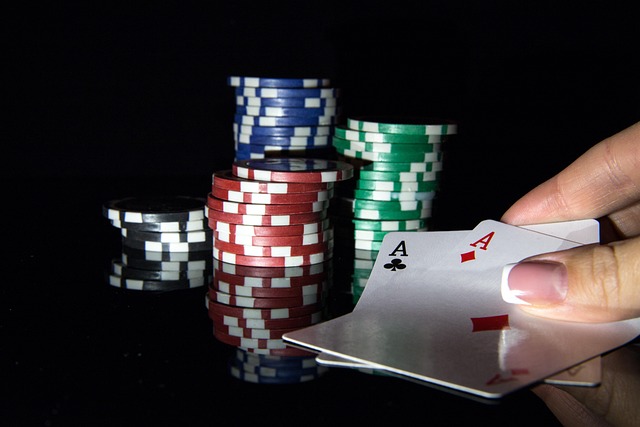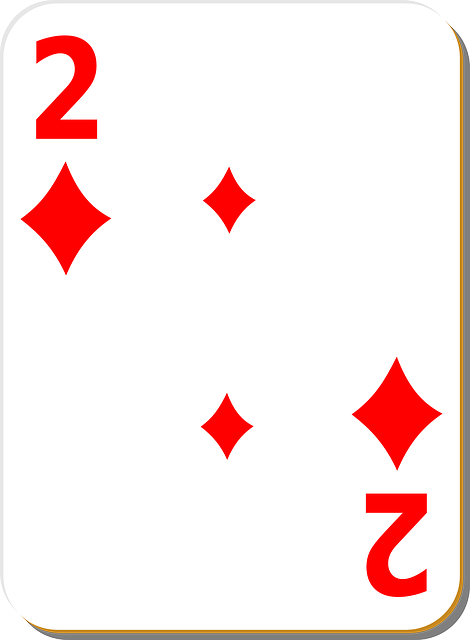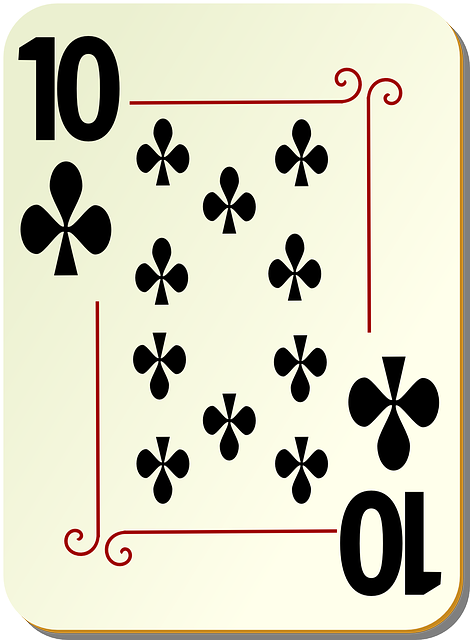Blackjack, with roots in 17th-century European card games like Twenty-One, has evolved into a global casino favorite. Its modern form emerged in France and America, where it gained popularity due to strategic gameplay and simple rules, aiming to beat the dealer's hand total of 21 without going over. Blackjack's blend of strategy and luck has made it a timeless classic worldwide.
Blackjack, a captivating card game with a rich history, has evolved from its humble beginnings to become one of the most popular casino attractions globally. Originating in 17th-century Europe, it spread to America, where it underwent significant transformations, eventually solidifying its place in modern casinos. This article delves into the fascinating world of Blackjack, exploring its historical roots, intricate rules, and advanced strategies that have captivated players for centuries. Uncover the secrets to mastering this game, from basic gameplay to sophisticated techniques, as we navigate the thrilling journey of Blackjack.
History and Origins of Blackjack

Blackjack, a classic card game enjoyed by millions worldwide, has a rich history that dates back centuries. Its origins can be traced to a blend of various card games popular in Europe and the Middle East. One of its closest ancestors is Twenty-One, a French game that was played with a deck of 24 cards. Over time, the game evolved, making its way to America where it gained immense popularity in casinos during the late 19th century.
The name “Blackjack” itself emerged from a combination of factors. It is believed to have originated from the fact that the game involved players aiming for a hand value close to 21, while also referring to the dealer’s card, a black jack (an Ace and a 10-value card), which was a crucial part of the gameplay. This captivating game has since become a staple in casinos globally, attracting players with its balance of strategy, luck, and the thrill of beating the dealer.
– A brief history of the game
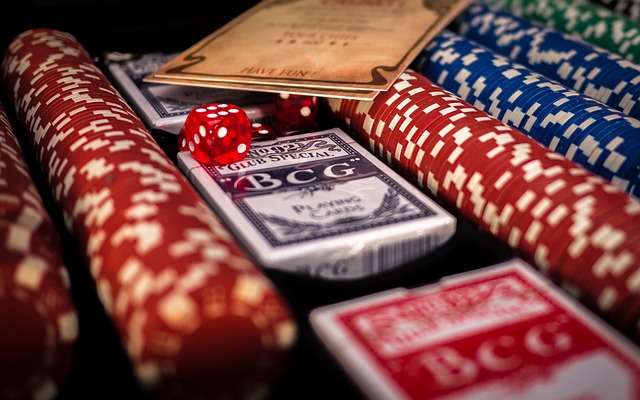
The origins of Blackjack, or Twenty-One as it was once known, trace back to the 1700s in Europe, where various card games with similar rules were played. The modern version we know today began to take shape in the late 19th century, especially in France and later, in the United States. It evolved from a game called “Vingt-et-un” (Twenty-One in French), which was popular among French aristocrats. Over time, it made its way across the Atlantic, where it gained immense popularity among American casinos.
Blackjack’s rise to prominence in the US can be attributed to its simplicity and the element of skill it offers players. The game’s objective is to beat the dealer’s hand by drawing cards totaling 21 or as close to that number without going over. This simple yet engaging gameplay has made Blackjack a staple in casinos worldwide, attracting players seeking both entertainment and the thrill of strategic decision-making.
– When and where it originated
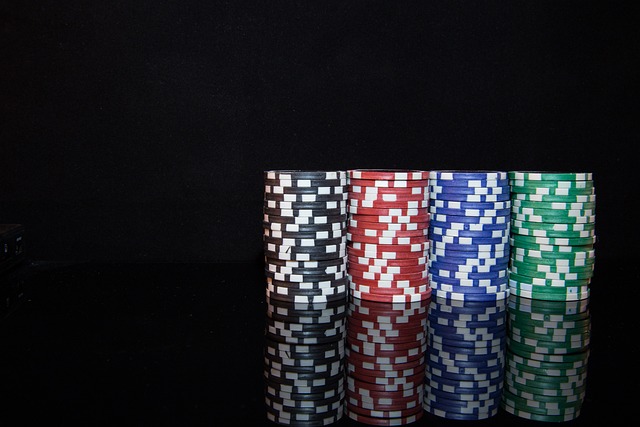
The origins of Blackjack, or Twenty-One as it was initially known, can be traced back to the 1700s in Europe, with a specific reference point being France. It evolved from a game called “Twenty-and-One”, which was played among French nobility. Over time, the game crossed borders and made its way to America, where it gained immense popularity in the early 20th century. The introduction of rules that allowed splitting pairs and doubling down contributed to its rise, transforming it into the widely recognized casino game we know today as Blackjack. This classic card game has since spread globally, captivating players with its balance of strategy, luck, and the thrill of beating the dealer.
Blackjack, with its rich history dating back to the 17th century, has evolved from a simple card game to a global phenomenon. Its origins in Europe and subsequent spread worldwide testify to its enduring appeal. Today, Blackjack remains a staple in casinos and online platforms alike, captivating players with its blend of strategy, luck, and the ever-elusive quest for 21.

